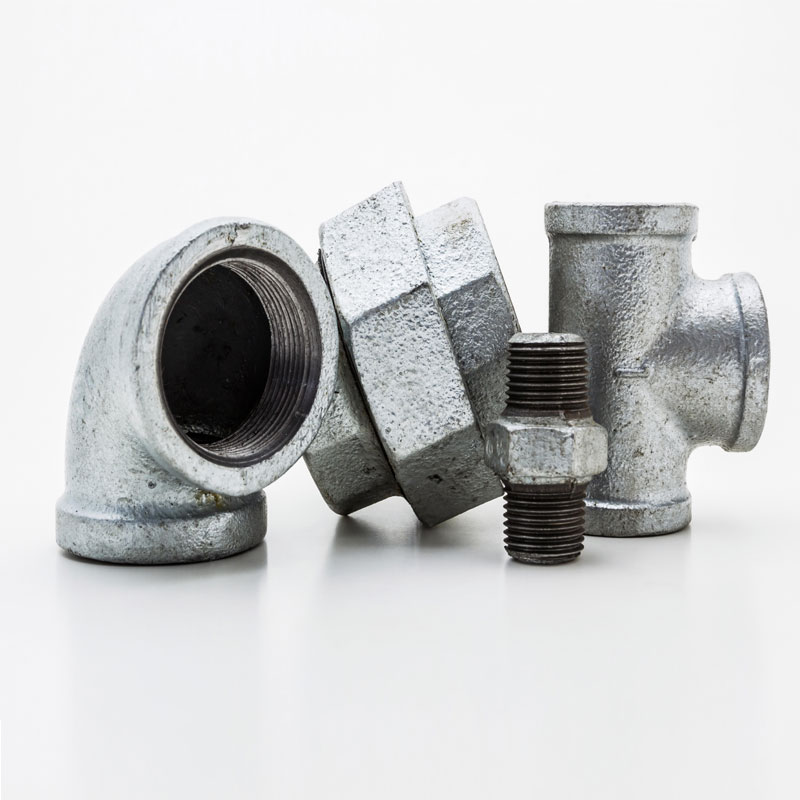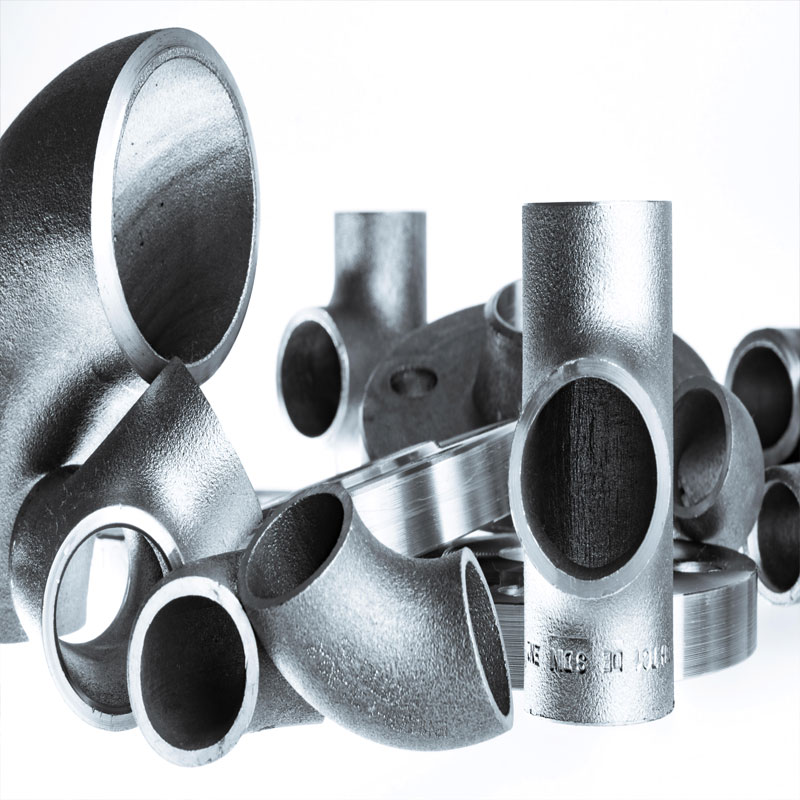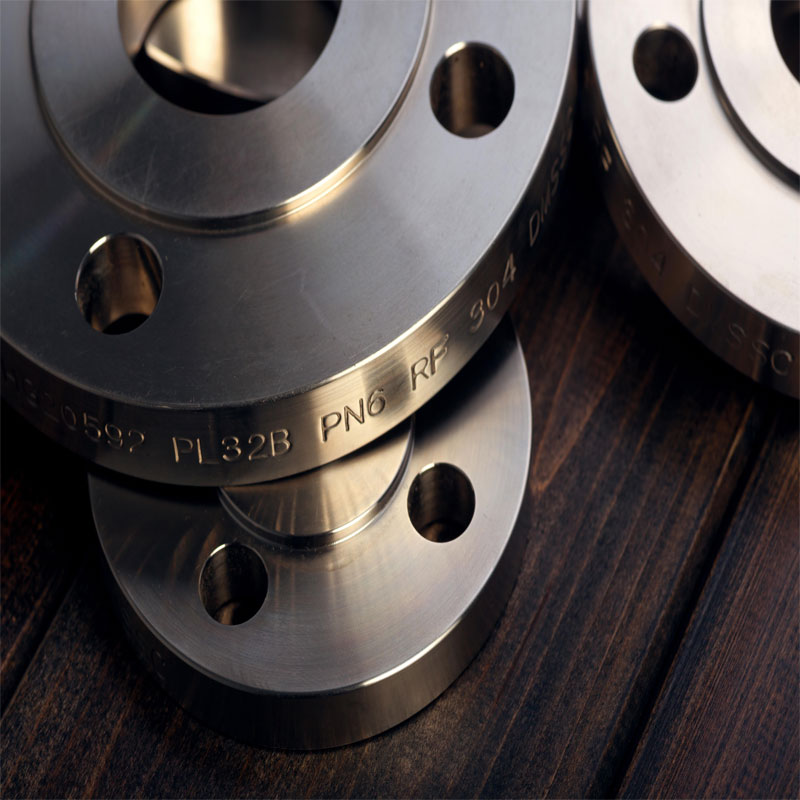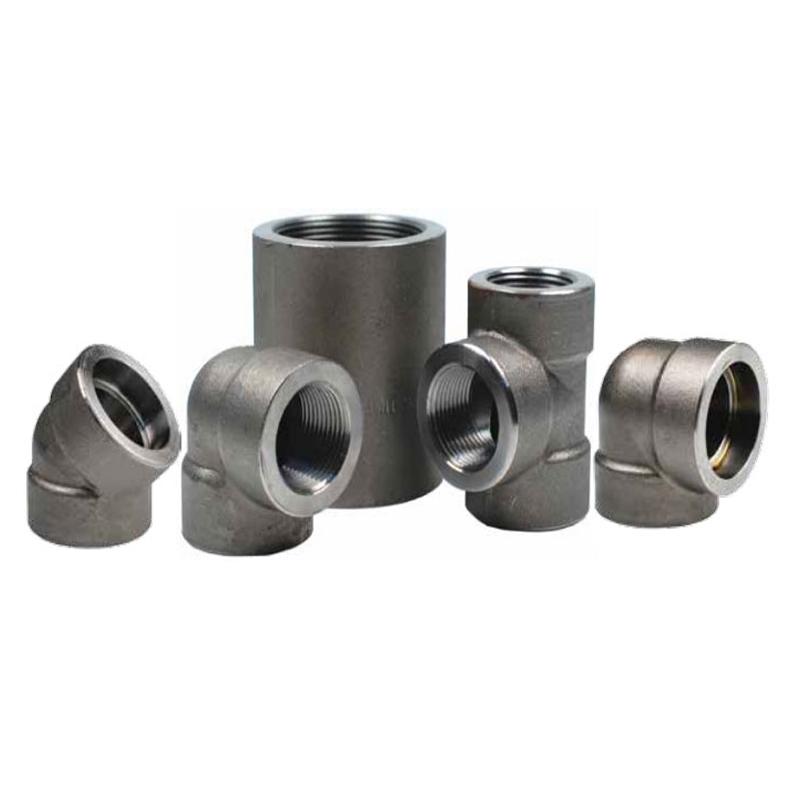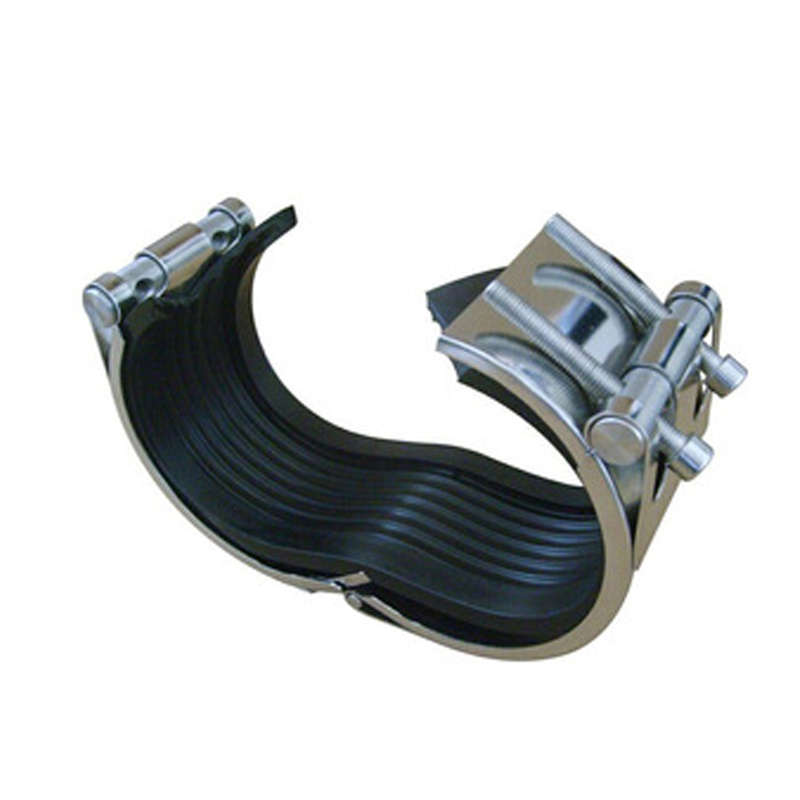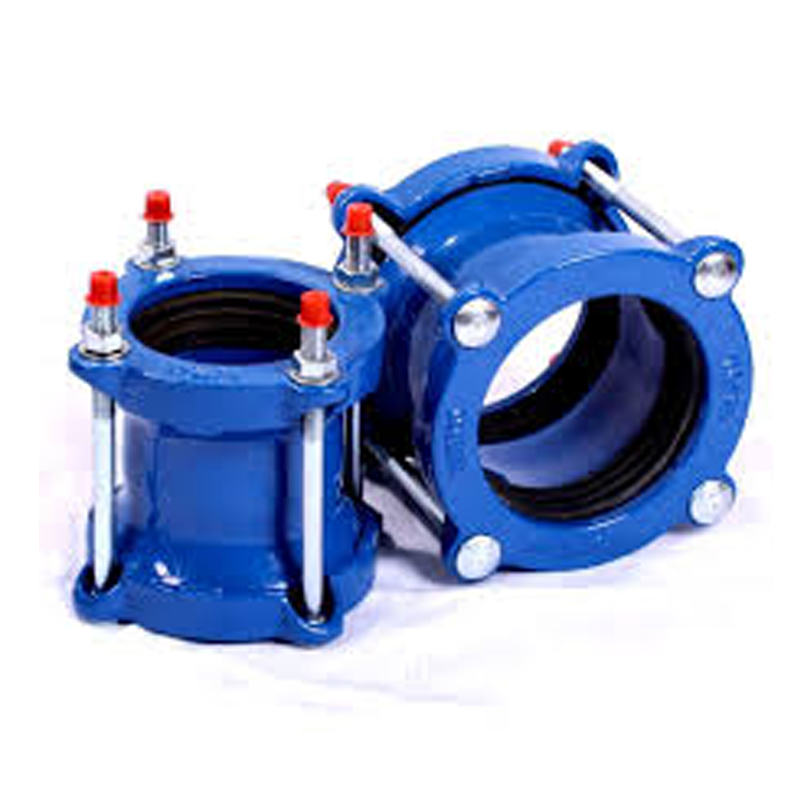Fittings
- Home
- Product Range
- Fittings
Fittings
Fittings are essential components in various industries, serving the critical function of connecting and joining different parts of pipes, tubes, and other components in fluid and gas systems. They play a pivotal role in ensuring the integrity, efficiency, and safety of fluid transportation in a wide range of applications, from plumbing and HVAC systems to industrial processes. Fittings come in diverse shapes, sizes, and materials, each tailored to specific needs and environmental conditions./
Types of Fittings:
Couplings: Couplings are used to connect two pipes or tubes of the same diameter. They can be rigid or flexible and are often used for quick connections or repairs.
Elbows: Elbows are angled fittings that change the direction of a pipeline. Common angles are 45 and 90 degrees, and they are essential for navigating around obstacles or changing the pipeline direction.
Tees: Tees are fittings shaped like the letter “T” and are used to create branches in a pipeline, splitting it into two or more directions.
Crosses: Similar to tees but with a fourth outlet at a 90-degree angle, crosses are used for creating more complex pipeline configurations.
Reducers: Reducers are used to connect pipes or tubes of different diameters, allowing for a smooth transition between larger and smaller sections.
Adapters: Adapters are used to connect pipes or tubes with different end types, such as transitioning from threaded to non-threaded connections.
Unions: Unions are fittings that allow for easy disconnection of pipes for maintenance or repairs. They consist of three parts – a nut, a female end, and a male end.
Flanges: Flanges are flat, usually circular, fittings with bolt holes, used to connect pipes, valves, and other equipment. They are critical in high-pressure applications.
Caps and Plugs: Caps and plugs are used to seal the end of a pipe or fitting, preventing the flow of fluids or contaminants.
Importance of Quality Fittings:
Leak Prevention: Quality fittings are crucial for preventing leaks in a fluid or gas system. Properly sealed fittings ensure the integrity of the pipeline, preventing wastage and environmental hazards.
System Efficiency: Well-designed fittings contribute to the efficiency of a system by reducing pressure drops and optimizing the flow of fluids or gases.
Durability: High-quality materials and construction in fittings enhance their durability, ensuring they can withstand the pressure, temperature, and environmental conditions of the application.
Safety: Safety is paramount in any system involving fluids or gases. Properly selected and installed fittings contribute to the overall safety of the system by preventing accidents and minimizing the risk of leaks.
Ease of Maintenance: Fittings that are designed for easy installation and removal simplify maintenance tasks. This is particularly important in industries where downtime needs to be minimized.
Considerations in Choosing Fittings:
Material Compatibility: The material of the fitting should be compatible with the materials being transported, considering factors such as corrosion resistance.
Pressure and Temperature Ratings: Fittings must be selected based on their capacity to handle the pressure and temperature conditions of the system.
Connection Type: The fitting’s connection type should match the requirements of the pipes or tubes it is connecting, whether threaded, welded, or flanged.
Environmental Conditions: Considerations such as exposure to corrosive substances, UV radiation, or extreme temperatures should guide the choice of fittings.
In conclusion, fittings are integral components in fluid and gas systems, facilitating the seamless and efficient operation of pipelines in various industries. The selection of high-quality fittings, appropriate for the specific application and environment, is essential for ensuring the reliability, safety, and longevity of these systems.

